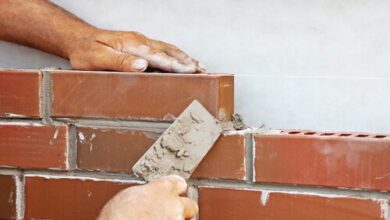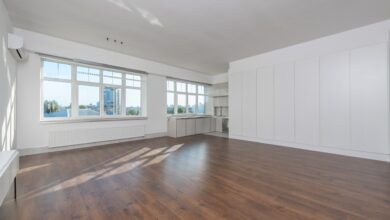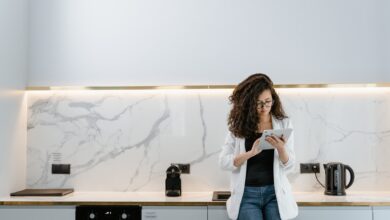Effect of Wind, Temperature and Humidity on Exterior Painting

Weather variations can impact the quality of an exterior paint job. An accomplished exterior painting contractor will always factor in the weather condition before performing any exterior paint job. Sunny days and raining days, summer and winter season, high and low humidity – they all can impact the quality of your paint jobs. This is why you are advised to entrust painting projects to the hands of professional painters so you can get the best result. They are well equipped to deliver, irrespective of season and weather conditions.
Best Time for Painting Job
The best time for a paint job depends on many factors including environment, paint type and material, and season.
For instance, if you live in an environment with lots of trees planted within proximity to your structure, then you might want to consider painting your property during the spring before the leaves start to bloom. Spring is a far better option than summer when the foliage gets in the way, causing impediments for an exterior painting contractor.
The type of paint used is yet another factor that determines the best time to paint. Oil or solvent-based paints, for instance, sometimes give off a lot of fumes. So it is not advisable to paint your home using this specialty paint at a time when you can’t open your windows for proper ventilation (hot summer days or chilly winter times).
Your exterior painting contractor can advise you on the best time of the year to paint your property. They are in a better position to advise you on the right paint type and color to use.
Effect of Wind
Sometimes, windy conditions can impact the quality of your paint job. When you see cracking or blistering paint on a surface, the first thing that comes to mind might be a heat or humidity problem. In some cases, you feel it’s the effect of aging. Surprisingly, none of this might be the source of the problem. It could be a result of paint applied on a windy day.
Paints need time to dry, but if you perform a painting job on a windy day, it makes it cure too fast. This does not allow the paint to adhere properly to the surface. Avoid painting during windy conditions
Effects of Ambient Temperature
Low ambient temperatures make paint thicken. It takes time to dry during these periods. This puts your paint at risk of sagging. It is also more difficult to paint in the cold winter season. An experienced exterior painting contractor will recommend painting in temperatures between 50 and 90 degrees.
High temperatures make the paint dries faster, resulting in bumps and wrinkles. For a great result, schedule your paint job when the temperature is right.
Effect of Relative Humidity
Humidity levels also affect the painting in a home. High humidity levels ultimately increase moisture levels. Painting your walls at this time could lead to paint bubbles or paint peeling.
It is thus important to paint when the humidity levels are favorable. The preferred humidity is between 40 and 70 percent. At this point, paints can adhere to the surface without any negative effect.




